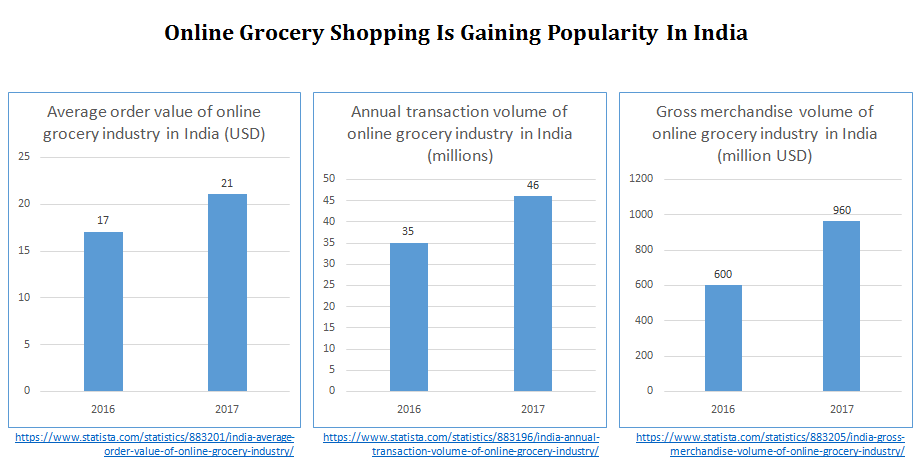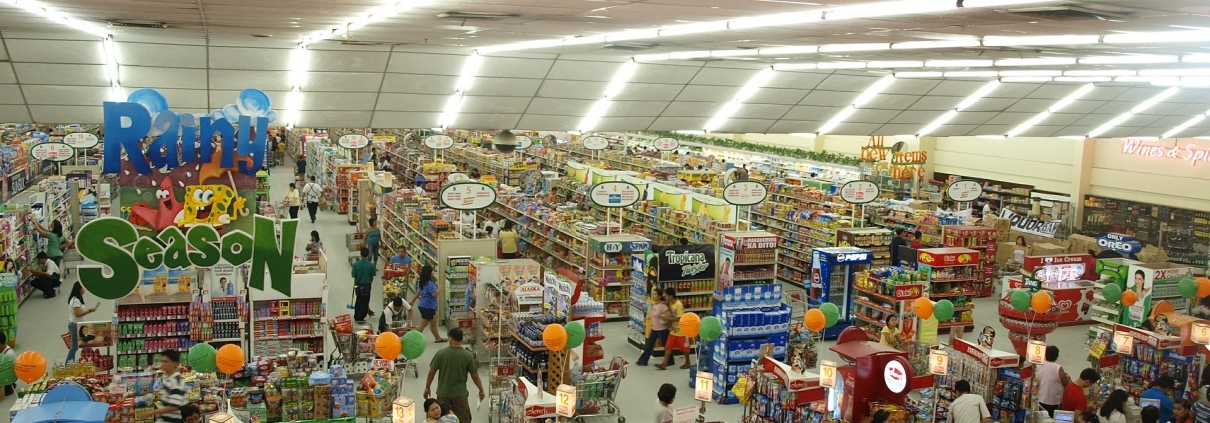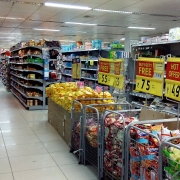Online Grocery Shopping Is Gaining Popularity In India
[Excerpts from “Online Retailing Paired with Kirana—A Formidable Combination for Emerging Markets” by Prof. Piyush Kumar Sinha, Srikant Gokhale and Saurabh Rawal in Customer Needs and Solutions (2015) 2:317-324]

Kirana stores continue to flourish in India despite several inefficiencies. They do not derive much value from buying or maintaining efficient inventory control. In some cases, it was found that almost 30 % of inventory had remained unsold for more than 6 months (local suppliers had placed these goods on consignment). They also stock infrequently bought merchandise, sometimes due to shopkeepers buying it after inquiries from just a few customers.
A kirana store is an established format and follows a demand fulfillment model, whereas online stores face a demand creation challenge; the format is yet to be accepted as a primary shopping channel for many product categories, in particular, groceries. Consumers have started buying groceries online, but they are still experimenting and tend to exhibit significantly more exploratory behaviour than those in task oriented situations [1]. Consumers are still evaluating the format and tend to behave more cognitively. It is expected that until consumers have become familiar with online retailing, the format will still be chosen cognitively, as against a kirana store, where the format choice is more affective [2].
Consequently, in most cases, the basket size of an online grocery customer is not very large. High proportions of them live in areas which are developing or remote and do not have good penetration of kirana stores; some are using this channel for emergency or fill-in purposes. Low per capital purchase affects customer profitability, so while each customer buying from a kirana is profitable, online grocery retailers must struggle to cross-subsidise their customers. Conversion in online retail is less than 5 %, whereas it is close to 100 % in the case of kiranas.
[It is proposed that] online stores will work in areas where there is less kirana penetration. In all other places, they will need the support of kirana stores for fulfillment and basket composition until online grocery purchasing reaches a sizable proportion.
Table 2: Operation of Online vs. Kirana

References:
- Moore RS, Kinard BR, Moore ML (2005) The carry-over effects of a physical store’s image on its ecommerce distribution channel. Marketing Management Journal 15(1):59–68
- Anand KS, Sinha PK (2009) Store format choice in an evolving market: role of affect, cognition and involvement. International Review of Retail, Distribution and Consumer Research 19(5):505–534
Related Resources:
- Store format choice in an evolving market: role of affect, cognition and involvement, Kamaljit Singh Anand and Prof Piyush Sinha, The International Review of Retail, Distribution and Consumer Research 19(5):505–534. Downloadable on request
- Impact of Store format on Shopping Involvement, Prof Piyush Sinha and Dwarika Prasad Uniyal, Working Paper W.P. No. 2014-03-06, March 2014, Indian Institute of Management Ahmedabad. Available for download
- Format Choice of Grocery Retailers, Prof. Piyush Sinha, Elizabeth Mathew and Ankur Kansal, 2005 Available for download
- Store Choice Behaviour in an Evolving Market, Prof. Piyush Sinha and Prof. Arindam Bannerjee, International Journal of Retail & Distribution Management; 2004; 32, 10; ProQuest pg. 482 Downloadable on request











Leave a Reply
Want to join the discussion?Feel free to contribute!